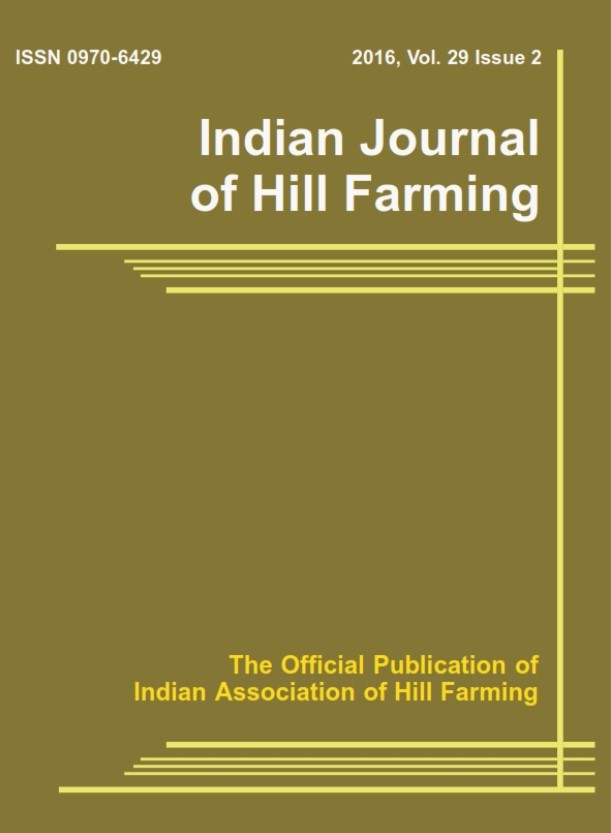Analysis physical parameters of raw biomass to produce waste based briquette: A steps towards waste management in Assam
DOI:
https://doi.org/10.56678/Keywords:
Briquettes, Fermentation, Renewable, CarbonizedAbstract
India mostly relies on domestic coal for energy production and foreign oil for transportation. Most of the energy requirements of rural indigent people are supplied in the least efficient way possible by burning wood and other biomass, which increases greenhouse gas emissions. The population of India increasing day by day which leads to a serious energy requirement in commercial and industrial activities. In industry’s main concern today is to minimize by-products, compost organic waste and agro waste. Therefore, the effort is to convert waste collected from industries into briquette which is one of the essential burning materials, which can be used extensively in rural area of Assam as well in industry. The abundance of waste in the industry in Assam, was taken into consideration when choosing the raw materials for biomass. In Assam tea is abundantly available and solid tea waste is generated on a daily basis from the tea estates. The tea industry is eminent for the huge amount of solid waste generated from the withering, rolling, fermenting, drying and grading of raw materials. Solid tea waste, bamboo and sawdust are the materials used. These materials were obtained from tea estate, paper mill and Timber Wood Shop. A proven approach of turning waste into energy is using biomass briquettes. Utilization of waste to prepare biomass fuel, provide eco-friendly and alternate source of energy. This research examines the characterization of biomass collected from industries which includes solid tea wastes, bamboo and saw dust. The samples undergo Physical, proximate and thermal analysis. The waste product collected from industries had calorific values between 17.24 and 18.5 MJ/kg. The average moisture content was found in tea waste, saw dust, carbonized bamboo is 7.14, 8.65 and 4.2 Percent. The volatile matter of tea waste, saw dust, carbonized bamboo biomass has the value of 70, 76.18, 18.5 per cent. Ash content of tea waste, saw dust, carbonized bamboo has 7.5, 1.60, 5.8 per cent. This study demonstrates that biomass from carbonized bamboo, sawdust, and tea trash may all be used to make fuel briquettes, a source of renewable energy. Compared to fossil fuel, it is more inexpensive, costeffective, and environmentally benign.Downloads
Published
2023-03-31
Issue
Section
Articles
License
Copyright (c) 2024 Anupama Singha, C. B. Khobragade (Author)

This work is licensed under a Creative Commons Attribution-NonCommercial-NoDerivatives 4.0 International License.
How to Cite
Analysis physical parameters of raw biomass to produce waste based briquette: A steps
towards waste management in Assam. (2023). Indian Journal of Hill Farming, 37(01), 70-77. https://doi.org/10.56678/




